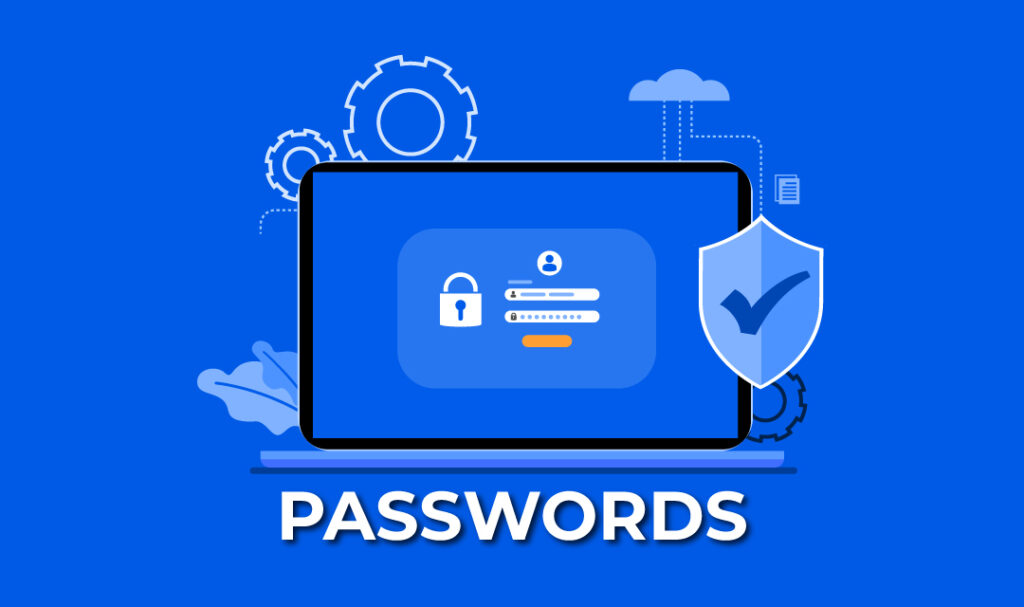Living in an age dominated by digital interactions, securing our online presence has become more crucial than ever. Passwords act as the guardians of our digital realms, shielding sensitive information from prying eyes and potential cyber threats. To bolster your online defenses, it’s imperative to follow effective practices and steer clear of common pitfalls. This guide aims to explore the dos and don’ts of password security, offering insights to help you confidently traverse the digital landscape.
Embrace the simplicity of password managers, where remembering a single robust master password grants you access to all your other passwords. For businesses, a dedicated password manager can streamline password management for your team, ensuring a consistent and secure approach across all accounts. Many password managers come equipped with built-in password generators, crafting intricate and unique passwords for each account. This eliminates the need for you to design and remember numerous complex passwords. These managers are often compatible across various devices, ensuring accessibility on your computer, smartphone, or tablet. We recommend NordPass
as Safest Password ManagerAim for passwords with a minimum length of 12 characters. The longer and more intricate your password, the more resilient it is against hacking attempts. Avoid using easily accessible information such as your name or birthdate, opting instead for combinations not readily associated with you. Resist the urge to recycle passwords across multiple accounts. Creating unique passwords for each platform prevents a security breach on one account from compromising others. Strengthen your security by updating passwords at least every six months, with more frequent changes for sensitive accounts like online banking or email.
Legitimate entities will never request your password via insecure communication methods. Avoid jotting down passwords on sticky notes or in easily accessible digital documents. Intruders gaining access to your physical space or devices can compromise your accounts swiftly. Utilize unique passwords for each platform or service, steering clear of easily guessable combinations like “password” or “123456.” These are the first choices attackers attempt in brute-force attacks.
When alerts or notifications about suspicious activity or unauthorized login attempts land in your inbox, take them seriously. Investigate and take appropriate action, such as changing your password or implementing additional security measures. Exercise caution with unsolicited emails, messages, or websites requesting login credentials or personal details. Verify the sender’s authenticity before clicking on any links or sharing information. Instead of relying solely on text messages for verification codes, consider authenticator apps like Google Authenticator or Authy. These apps generate time-sensitive codes, offering an extra layer of security compared to traditional SMS-based 2FA.

Remember, password security is a cornerstone of safeguarding your digital identity. By adhering to these dos and don’ts, you can significantly enhance the strength of your passwords and mitigate the risk of falling victim to cyber threats. Prioritize strong, unique passwords, leverage password managers, and implement additional security measures like two-factor authentication. Stay vigilant, regularly update your passwords, and adopt a proactive stance towards online security. With these practices in place, you’ll confidently navigate the digital landscape, protecting your valuable personal information.